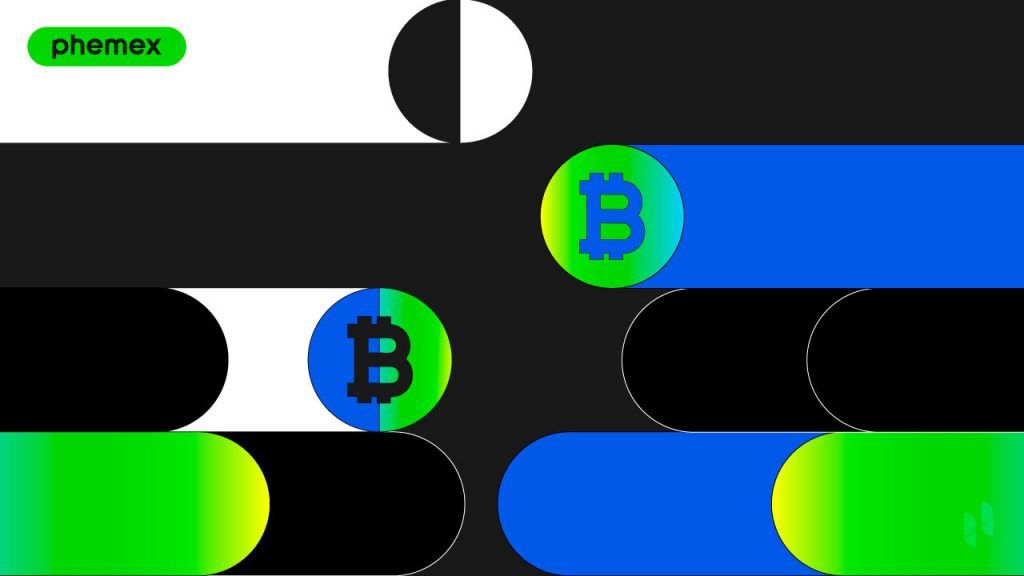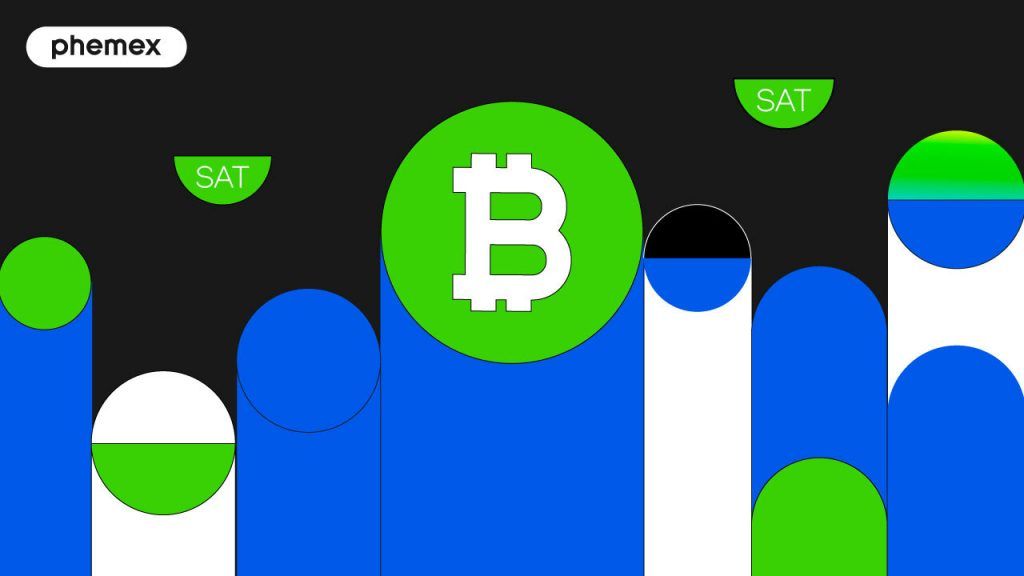The term ‘Mempool’ is intrinsically associated and used with the topic of Bitcoin. This article will provide a brief summary of what it is, how it functions, and why it is important.

What Is The Bitcoin Mempool?
As you may already know, each time a Bitcoin is transferred, the transaction must first be verified by available nodes. Once approved, it actually remains unconfirmed for a period of time until processed by a ‘miner‘. It is during this time that the pending transaction sits in a virtual waiting room known as the Mempool.
In other words, Bitcoin nodes have designated areas where pending transactions wait for miners to pick them up. These waiting areas vary in size and capacity across nodes. Hence, there are multiple Mempools holding different amounts of unconfirmed transactions.
Why & How Are Bitcoin Mempools Important?
If a Mempool fills faster than it clears, jams occur and transaction waiting times become significantly slower. Obviously, the faster that unconfirmed transactions can be cleared from the Mempool, the better the experience overall. Once a Mempool fills up, it will begin prioritizing transactions based on their transaction fees. Any transactions that do not meet the minimum fee threshold levels will simply be removed and ignored. Generally, if a transaction’s waiting period exceeds a couple of days, it will most likely revert and funds will be returned.
Once again, congested Bitcoin Mempools cause longer waiting times and higher transaction fees. Many low-priority transactions may simply not go through and revert. The best way to avoid this scenario is by paying higher transaction fees. Miners are able to examine these waiting lists in order to seek higher transaction fees.









